The origin of Brahmi script is one of the most ticklish problems of ancient Indian history. Coupled with this problem is the question of the prevalence of the art of writing in the post-Indus –pre-Asokan period. Earlier it was believed that the knowledge of the art of writing in India was caused by the Greek or West Asian impact. Later, it was proposed that Asokan Brahmi was the end-result of the evolution of the Indus script. The author of the present monography Professor S.R. Goyal has, however, sought to prove that barring the north-western regions, which were aware of the scripts prevalent in Iran, the art of writing was unknown in pre-Asokan India and that Brahmi was invented after the visit of Megasthenes to the Maurya court (c.300 B.C.) and before the Asokan edicts were engraved (c. 260 B.C.). Professor Goyal propouned this view in his Presidential Address also, delivered to the Silver Jubilee Congress also, delivered to the Silver Jubilee Congress of the All-India Epigraphical Society held at Udupi in April 1999. It is a revolutionary suggestion which is bound to make historians, epigraphists and palaeographists sit up and think.
ABOUT THE AUTHOR S R Goyal
Professor S.R. Goyal is the retired Professor and Head, Department of History, J.N.V. University, Jodhpur. Described as ‘one of the five best recent historians of ancient India’ by Professor David N. Lorenzen, the great Mexican Orientalist, Professor Goyal combines all the qualities associated with scientific scholarship. He has authored more than thirty voluminous works and over 150 research papers which cover so diverse fields as political history, religious history, literature, biographies, numismatics and epigraphy. He was honoured with the General Presidentship of the Silver Jubilee Congress of the Epigraphical Society of India held at Udupi in 1999 and was elected the Honorary fellow of the Society. His doctoral thesis, A History of the Imperial Guptas (1967), was acclaimed as ‘the best analysis of the Gupta Period which I have ever read†by Professor A.L. Basham (National Professor of Australia) and as ‘imaginative’, ‘well-written’ and ‘a model of historiography’ by Professor Eleanor Zelliot (Minnesota, U.S.A.). The varaious theories propounded in it are described by Professor R.C. Majumdar as ‘deserving very careful consideration’. Among his other major works are included three corpus-like volumes on ancient Indian inscriptions, two volumes respectively on Kautilya and Megasthenes, a three volume authoritative study of ancient Indian history in about two thousand pages, a three volume study of ancient Indian numismatics, and four volumes on great rulers of ancient India. Professor Goyal is deeply involved with the study of the history of Indian religions. Apart from the present monograph he has published two volumes entitled A Religious History of Ancient India (Vol. I, 1984; Vol. II, 1986), and Harsha and Buddhism (1986). All these works of his have been highly acclaimed and admired both in India and abroad. Professor Goyal has been honoured with several Festschrifts, including Reappraising Gupta History for S.R. Goyal (ed. By Professor B.Ch. Chhabra et al) for S.R. Goyal : His Multidimensional Historiography (ed. By Professor Jagannath Agarwal and Dr. Shankar Goyal). A four volume Festschrift in his honour entitled Sriramabhinandam (Reconstructing Indian History for S.R. Goyal) has recently been published.

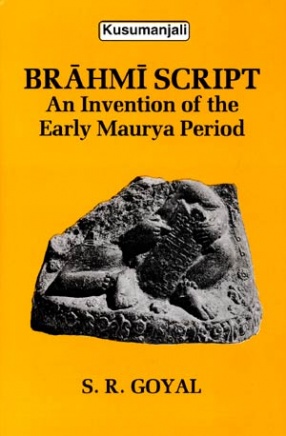
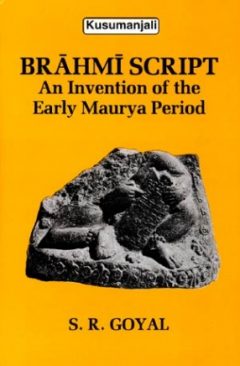
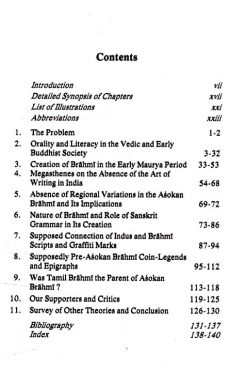
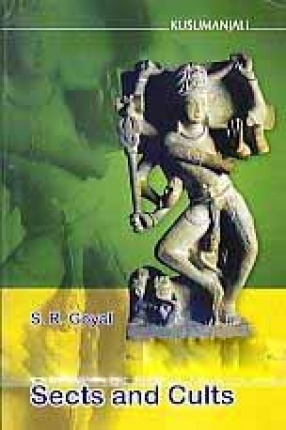
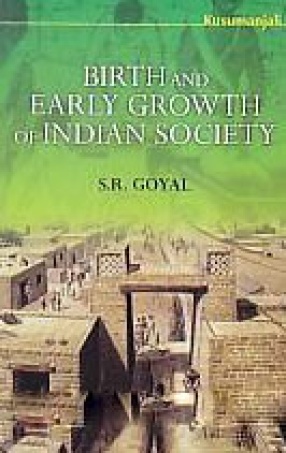

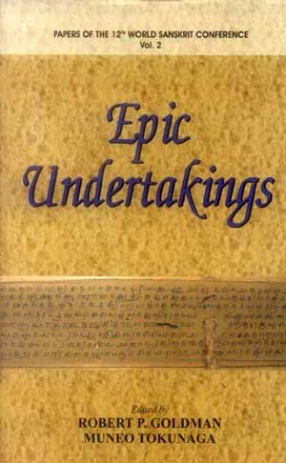
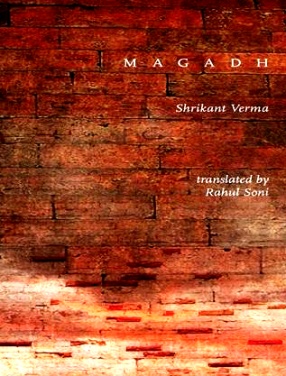
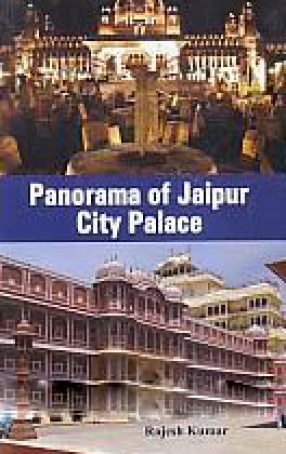
There are no reviews yet.